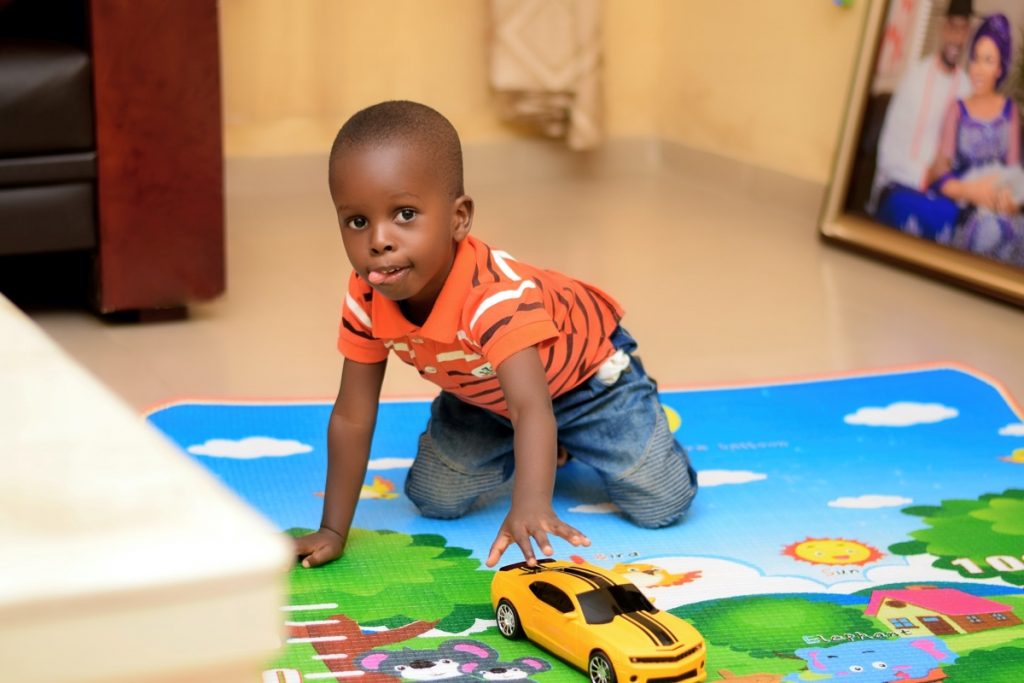
Since the early days of this past spring, we’ve been dealing with learning a new way of life – some of the changes voluntary, some thrust upon us by government overreach.
This global pandemic has given us more time with our children at home, and we’ve learned to adapt and get creative.
But as the virus continues to take its toll and districts plan for schools to reopen, there are some takeaways to help make our children safer until we can get back to true normalcy.
While many were fortunate enough to continue working their jobs from home during government lockdowns, those who could not do so were left with few childcare options once schools and daycare centers were shuttered.
Many large, national centers, therefore, were identified to remain open for the childcare needs of parents on the frontlines.
But there would be a new way of caring for children in group settings during these unprecedented times, and we can learn a great deal from the procedures that have been put in place as we slowly return to our pre-pandemic routines.
NPR reported on a study of childcare across the U.S. during this pandemic, where nearly 40,000 children were cared for at over 1,000 local YMCAs.
Although a small handful of parents and staff tested positive for the virus, there were no reports of outbreaks at any of these centers.
The YMCA of the USA was not the only organization providing childcare services during the worst of the pandemic, but it is likely the largest, and their practices may be helpful for school districts in planning for reopening this fall – as well as providing some insight on the spread of this virus.
Less than half of parents recently polled are comfortable with sending their children back to school full-time this fall. Many have decided to continue to homeschool for at least the upcoming school year.
But despite the significant number of children in childcare settings across the country during “lockdown,” the number of reported cases coming out of these centers were remarkably small.
In fact, there was never more than one positive case per center reported.
A separate study reported by Brown University found that out of 20,000 children being cared for in just under 1,000 other childcare centers across the country, only one percent of staff members and .16 percent of children in these centers tested positive.
There were also no known cases of a child transmitting the virus to a parent or adult caregiver.
You know children – they are germ magnets. So what do these centers attribute to the low occurrence of transmission?
Well, it may be as simple as giving them fun ways to practice good hygiene habits – valuable “tricks” for any time of year to reduce illness.
Children at several YMCA centers were divided into small groups of no more than nine children per one adult caregiver. They utilized spaces as efficiently as possible, sometimes doing activities in office space or vacant tennis or basketball courts in order to avoid large groups.
Children were also given fun ways to social distance – techniques made to feel like games instead of instilling fear. Kids could spread their arms wide and pretend to be airplanes in order to maintain distance, and other centers used 6-foot-long posters of colorful animals, distancing children between the head and tail.
When it came to activities like arts and crafts, each child was given a fun stamp on the hand that they had to completely wash off before proceeding to the next activity – a great way to teach thorough hand-washing.
And each child was also provided with their own craft and school supplies, labeled for their use alone.
These practices, along with temperature checks and keeping sick children at home, seemed to severely limit transmission, and may serve as a blueprint for school districts across the country.
In the end, there are several factors contributing to the low case numbers in childcare centers that stayed open.
Yes, they practiced social distancing and proper hygiene with older children, but infants, toddlers, and preschoolers did not wear masks or social distance and still maintained low rates of illness.
While children can contract the virus, these numbers help to show that children handle the virus differently than adults.
Not only are they less likely to become infected, but when they are, they are more often asymptomatic. And when children are not coughing or sneezing, they’re less likely to transmit the virus.
The experts agree on one thing: The examples of kids in childcare during lockdown — who should have been at higher risk with parents who were more exposed – are worth studying further to learn more about this pandemic.
The statistics coming from these childcare centers, along with low transmission levels in other nations who have reopened schools, prove that there are ways to reduce risk and work toward our “old” normal.
